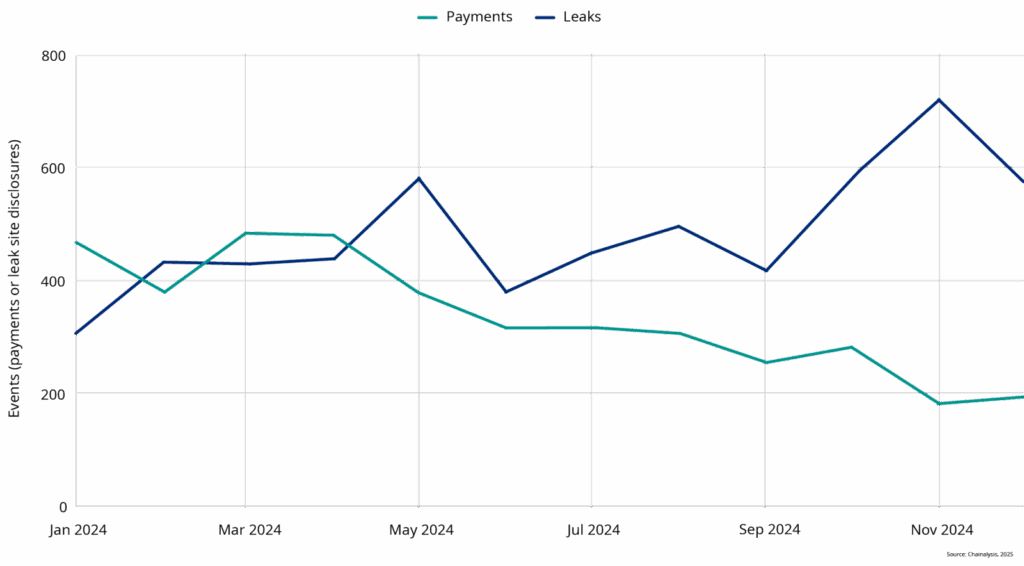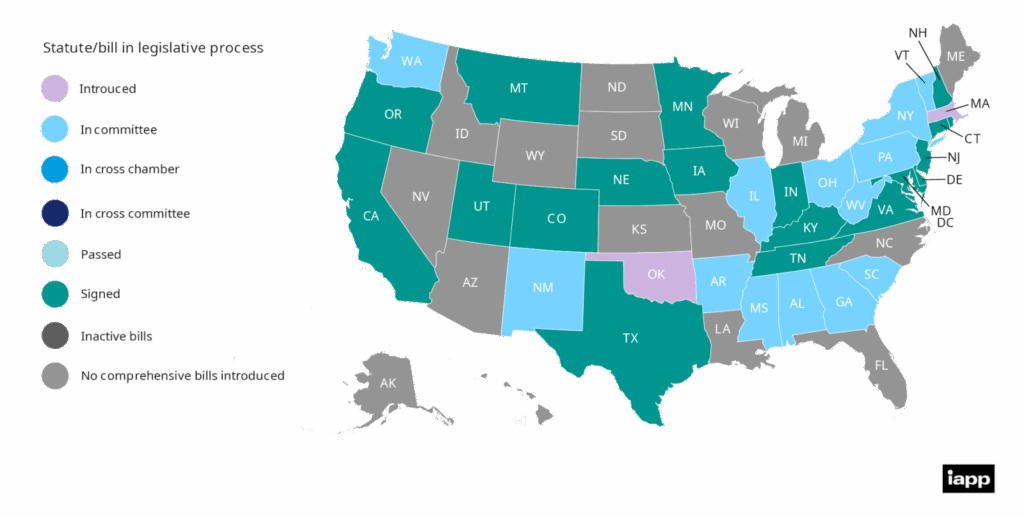Cyber Insurance Rates Drop Amid Stable Market Conditions
The US cyber insurance market saw a 5% average rate decrease in Q4 2024, continuing a trend of pricing stability. Marsh reported that favorable conditions are expected to persist into 2025. Companies improved their cybersecurity controls, which underwriters viewed positively.
Organizations also adjusted their insurance programs. Many sought higher limits, reduced self-insured retentions, and other structural enhancements. Marsh noted that 20% of clients increased coverage limits, while 18% reduced retentions.
Cyber insurance rates decline 5% in Q4 2024

Competitive Market Enables Coverage Expansion
The soft market created a window for clients to explore enhanced insurance options. Businesses compared insurer offerings and optimized coverage. Strong cyber controls became a critical differentiator. Insurers emphasized 12 essential cyber hygiene controls during underwriting.
This environment encouraged proactive risk management. Organizations aligned insurance with operational needs and prepared long-term cyber insurance strategies. Stable program design became a top priority.
Ransomware Remains a Leading Threat
Ransomware threats evolved, even as payment rates declined. Attackers shifted strategies—some increased attack frequency, others focused on severity. Marsh suggested stronger cyber defenses reduced attackers’ leverage, leading to fewer ransom payments.
Many firms learned ransom payments often failed to guarantee data recovery. Companies now weigh the cost against uncertain outcomes. Governments are considering bans on ransom payments.
In the meantime, Marsh urged firms to build cross-enterprise response plans. Legal teams, IT, and risk managers should collaborate. This approach could enhance organizational resilience.
Ransomware payments decreasing

Privacy Regulation Intensifies Across States
Data privacy regulations grew more complex in 2024. More US states introduced unique privacy laws. Marsh advised companies to proactively evaluate how they collect, use, and protect data.
Wrongful collection claims became more common. Compliance with varied state rules gained urgency. Businesses that merely react to breaches risk serious consequences.
To stay compliant, organizations should follow best practices. These include encryption, secure remote access, and role-based data access. Regularly testing backup and recovery systems is also vital.
More states enacting privacy legislation

Improved Incident Response Becomes Crucial
Marsh recommended companies establish robust incident response plans. Teams should be clearly defined and responsibilities outlined. Frequent tabletop exercises help maintain readiness.
Regular drills prepare staff for real-world threats. Simulations keep incident response strategies current and effective.
Marsh’s data linked effective controls to better risk outcomes. Automated hardening techniques showed the highest breach prevention capability. Full implementation of MFA also ranked highly.
Market Trends Reflect Ongoing Maturity
The cyber insurance market has matured significantly. Underwriters remain focused on verifying that security controls are in place. This diligence ensures better risk assessment.
Insurers also scrutinize privacy and catastrophic loss coverage. As cyber risks become more complex, detailed evaluations are essential.
Organizations across industries responded. Cyber insurance take-up rates rose steadily from 2018 through 2024. Increased adoption reflected growing awareness and insurer capacity.
Cyber Risk Intelligence Guides Better Investment
Marsh McLennan’s Cyber Risk Intelligence Center studied cyber incidents and control effectiveness. Its analysis helped firms identify controls that yield strong risk reductions.
The data revealed correlations between specific controls and lower breach likelihood. This insight helps guide smarter cybersecurity investments.
The center emphasized the importance of broad control adoption. Controls like MFA perform best when implemented across the organization.
This evidence-based approach strengthens resilience. It also supports clearer dialogue with insurers during underwriting.
Get The Cyber Insurance News Weekly Upload Delivered
Every Sunday
Subscribe to our newsletter!
Key Considerations for 2025 and Beyond
Marsh outlined several program considerations for the future:
- Claims handling: Growing complexity demands accurate documentation and a clear cyber control posture.
- Coverage standards: Insurers should avoid confusion by aligning on cyber policy expectations.
- Sustainability: Firms must design programs that support long-term risk management goals.
It’s common sense; cyber insurance isn’t one-size-fits-all. Each business needs to tailor solutions and match its unique risk profile.
Conclusion: Vigilance Is Vital
The US cyber insurance market remains strong, and risks continue to evolve. Marsh stressed that companies must maintain investment in cybersecurity. Best practices and regular reviews of controls can strengthen defenses.
As new threats emerge, a strategic and informed approach will be key. Firms that align coverage, compliance, and control posture will be best positioned for resilience.
Related Cyber Insurance and Cybersecurity News: Should Ransomware Payments Be Banned?(Opens in a new browser tab)